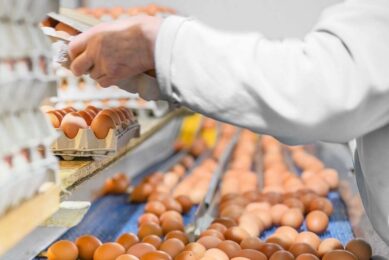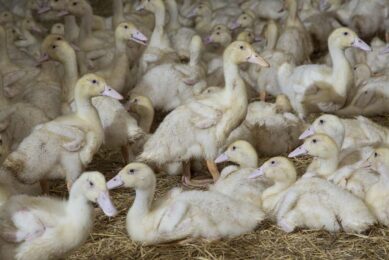Wild Birds or Poultry Trade -Which is Responsible for Dissemination of HPAI?
The role of migratory birds in spreading HPAI was discussed at a conference organized by the Food and Agricultural Organization in conjunction with the World Organization for Animal Health held in Rome at the beginning of June. The conclusions suggested common ground between advocates of wild birds and poultry trade in disseminating HPAI virus. By Simon Shane
The role of migratory birds in spreading HPAI was discussed at a conference organized by the Food and Agricultural Organization in conjunction with the World Organization for Animal Health held in Rome at the beginning of June. The conclusions suggested common ground between advocates of wild birds and poultry trade in disseminating HPAI virus.
The 300 scientists from nearly 100 countries evaluated surveillance data and field observations accumulated during the past 3 years.
It is evident that migratory birds are involved in both inter- and intra-continental spread of the virus. It is also apparent that uncontrolled and frequently illegal movement of both live poultry and refrigerated products are responsible for the spread of HPAI. Extension of outbreaks in developing countries is associated with a “wet market” distribution system.
Additional research will be required to determine whether wild birds serve as reservoirs of infection. If this is the case outbreaks of HPAI will occur with each seasonal migration. Information gathered during the late 1980’s suggests that neither domestic poultry nor free living birds remain carriers of influenza virus for periods in excess of two weeks. In the context of migratory birds, infection results in clinical disease and death in some species including swans and some water fowl, whereas other families and species serve as transitory shedders of virus without overt clinical impairment. Contact among a different species during migratory “stopovers” will result in rolling infections, increasing the number of birds excreting virus and prolonging the duration of infection in a geographic area.
The Rome Conference clearly stated that a “destruction of wild birds, habitats or indiscriminant hunting of wildlife is scientifically and ethically unjustified”. It is noted that during the period following extension of H5N1 virus from the Quingha Lake-focus farmers in Eurasia were actively involved in hunting and culling migratory birds. Paradoxically this may exacerbate the situation since contact with dead birds and their excretions will elevate the level of exposure of humans to influenza virus.
With respect to spread of HPAI by free-living birds, it is obviously essential to eliminate both direct and indirect contact by confining commercial poultry. In addition, drinking water from urban waterways frequented by water fowl should be chlorinated to inactivate influenza virus and other pathogens. The few outbreaks of H5N1 influenza recorded in Western Europe have been attributed to contact of non-confined flocks with migratory birds shown to be infected with virus. The Rome Conference agreed that additional studies were necessary to understand the dynamics of HPAI in free-living birds and surveillance programs have been initiated in many countries.
It is evident that HPAI will persist as a world problem and will require re-structuring of poultry industries in many countries. Abandoning live-bird marketing, adoption of confined housing and intensified biosecurity will be necessary to ameliorate the impact of infection. Eradication is not considered to be a realistic objective in the intermediate term. Persistence of infection will require poultry producers in Asia, Africa, and Eastern Europe to adopt vaccination as a preventive measure since the persistence and spread of virus is inhibited by maintaining a solidly immune poultry population. Reducing the quantum of virus together with restricting access to migratory birds will obviously reduce the importance of free-living species in the spread of virus.
By: Simon Shane
Join 31,000+ subscribers
Subscribe to our newsletter to stay updated about all the need-to-know content in the poultry sector, three times a week. Beheer
Beheer








 WP Admin
WP Admin  Bewerk bericht
Bewerk bericht